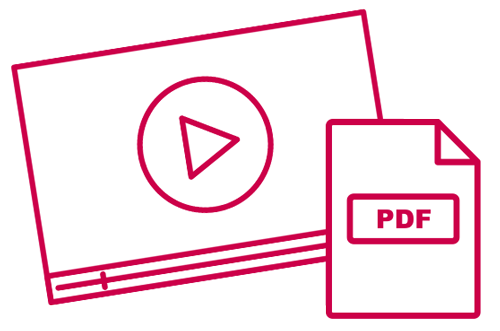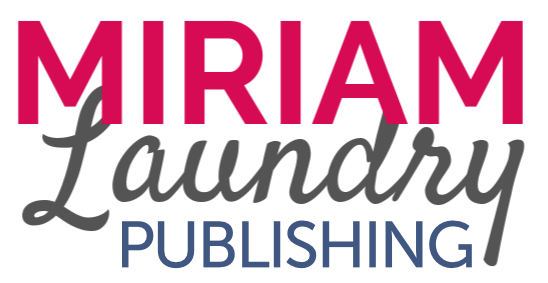Publishing a children’s book is no easy feat, but with quality guidance and a passion for empowering children, it can be one of the most rewarding experiences. Of course, before you can see the fruits of your efforts, you need to decide how you want to publish. Here are 3 different ways to publish a children’s book.
3 Different Ways to Publish a Children’s Book
Traditional Publishing
This is the one everyone knows about. To traditionally publish a children’s book, the author must write the manuscript, self-edit it, then send it to traditional publishing houses for acceptance.
Oftentimes, you’ll have to work with an agent for your manuscript to even be considered for publication.

If you do get accepted by a traditional publishing house (which is a difficult, yet possible achievement), you’re in the clear — they’ll take care of illustration costs, design costs, printing costs, etc.
But you’ll still have to market your book once it hits the shelves, and you’ll lose the rights to your story.
Self-Publishing
Self-publishing is essentially the opposite of traditional publishing. Instead of handing your manuscript off to a publishing house, you’ll handle everything on your own.
It’s up to you to write the manuscript, hire an editor, find an illustrator, work with a book designer, and go to print. It’s also up to you to front the bills.
This is a great option for anyone who wants to publish a children’s book that is truly and uniquely theirs.
Interested in Writing a Children's Book?

Hybrid Publishing
Consider hybrid publishing the happy medium. For an upfront fee, a hybrid publisher will provide help and services as you publish your book.
Unlike self-publishing, all the responsibilities won’t be on your shoulders, but you’ll still get lots of creative freedom. It’s also much easier to land a contract with a hybrid publisher than a traditional publisher.
Hybrid publishing is a great option for first-time authors looking to publish a children’s book.
And the company you work with might even be willing to let you keep 100% of the rights to your story.
Miriam Laundry Publishing is an example of a hybrid publisher. To learn more about the company, follow me on Facebook or Instagram.
